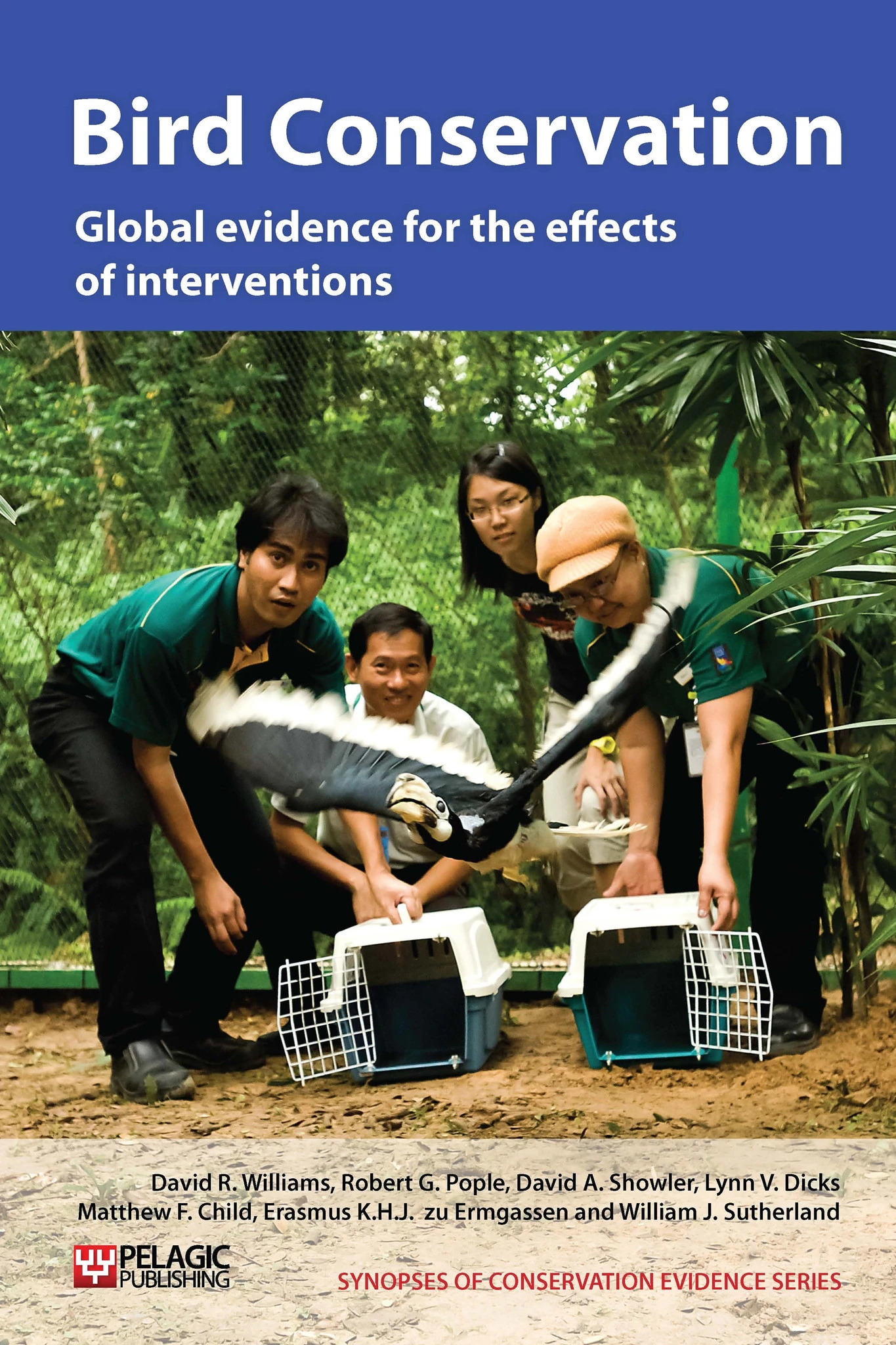Physically protect nests with individual exclosures/barriers or provide shelters for chicks of songbirds
-
Overall effectiveness category Likely to be beneficial
-
Number of studies: 5
View assessment score
Hide assessment score
How is the evidence assessed?
-
Effectiveness
50% -
Certainty
50% -
Harms
not assessed
Study locations
Supporting evidence from individual studies
A small, replicated and controlled study between 1984 and 1988 in northern South Island and Little Barrier Island, New Zealand (Hamel & McClean 1989) found that moving chicks from natural nests into caged artificial nests appeared to increase fledging success in rifleman Acanthisitta chloris (5% of 44 caged chicks died; 94% natural nests destroyed by predators), whitehead Mohoua albicilla (none of 10 caged chicks died; an estimated 0.68 chicks/successful natural nest died, n = 41 nests) , grey gerygone (warbler) Gerygone igata (13% mortality for 15 caged chicks; 33% for nine uncaged chicks) and shining bronze-cuckoo Chrysococcyx lucidus (Chalcites lucidus) (both caged chicks survived, one uncaged chick died, number of uncaged chicks was not given). In addition, a single chaffinch Fringilla coelebs (an introduced species) was caged and survived. In 1987-88, all chicks from one of six caged grey fantail Rhipidura fuliginosa nests died, whereas no uncaged nests were lost. Cages were made of wire-mesh, stretched to ensure that food could be passed through by the parents but that birds’ heads could not be caught.
Study and other actions testedA replicated, controlled study in 1979 on saltmarshes in Florida, USA (Post & Greenlaw 1989) found that protecting seaside sparrow Ammodramus maritimus nests (located near the ground) with cylindrical metal barriers (1.5 m tall with a flexible wire canopy) increased the proportion of nests fledging young from 6% (34 nests) to 48% (42 nests). The main predators excluded were rice rat Oryzomys palustris.
Study and other actions testedA before-and-after study on Rarotonga (6,700 ha), Cook Islands (Robertson et al. 1994) found that the nesting success of kakerori (Rarotonga flycatchers) Pomarea dimidiate was higher in 1990-92 when nests were protected with predator guards (30 cm aluminium bands around nesting trees to prevent introduced black rats Rattus rattus from climbing to the nests) than in 1987-89 when guards were not used. However this increase was not significant (nesting success of 36% for 48 nests in 1990-92 vs. 16% for 42 in 1987-89). This study also investigated the use of predator removal through poisoning, discussed in ‘Control mammalian predators on islands’. Using predator guards in predator removal areas did not appear to affect nest survival.
Study and other actions testedA replicated before-and-after study from 1999-2000 in a mixed forest in Kyushu, Japan (Yamaguchi et al. 2005) found that the proportion of nest box broods (unprotected nest boxes were predated in 2006 either, but that these were all further away (>300 of varied tits Parus varius and great tits P. major) predated by Japanese martins Martes melampus fell from 12% (92 broods) to 2% (118 broods) and the overall success rate of nests increased from 29% to 44% following the installation of small wooden blocks directly below the entrance hole of the nest boxes in 2000. Overall predation rates fell from 46% to 28% and the number of broods lost to birds fell from three to zero (although this was not significant). The number of broods lost to snakes did not change between years.
Study and other actions testedA replicated before-and-after study from 2005-2006 in northwest England (Mainwaring & Hartley 2008) found that the proportion of blue tit Cyanistes caeruleus nests in nestboxes that were predated by great spotted woodpeckers Dendrocopos major fell from 25% in 2005 (57 nests) to 2% in 2006 (48 nests), after the sides of 31 nest boxes were covered in 13 x 13 mm square wire mesh. The authors note that none of the unprotected nests were predated in 2006 either, but that all these boxes were at least 300 m from active woodpecker nests.
Study and other actions tested
Where has this evidence come from?
List of journals searched by synopsis
All the journals searched for all synopses
This Action forms part of the Action Synopsis:
Bird Conservation
Bird Conservation - Published 2013
Bird Synopsis





)_2023.JPG)














